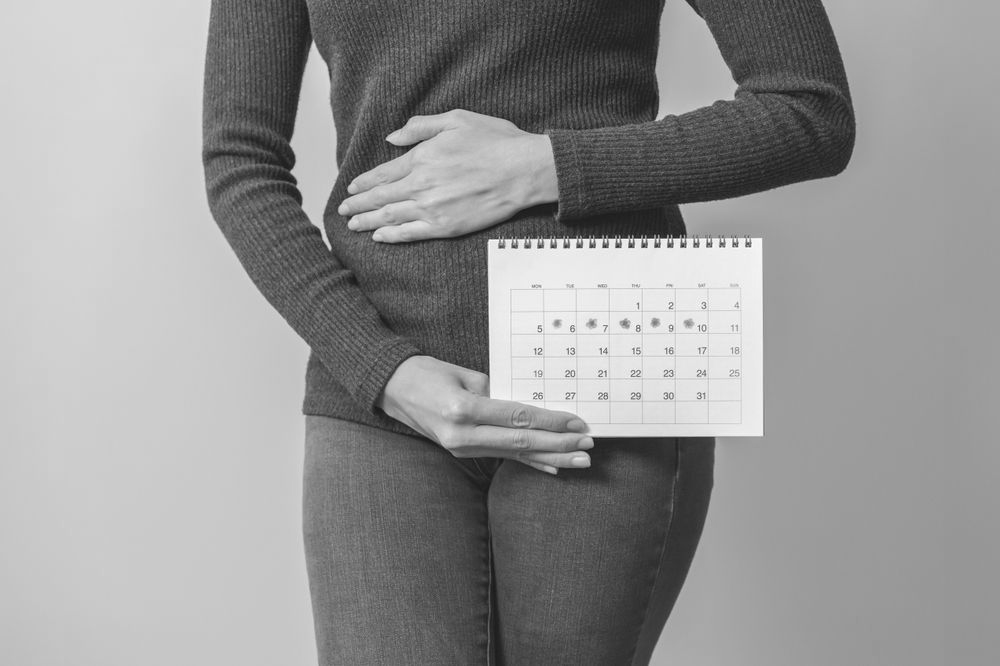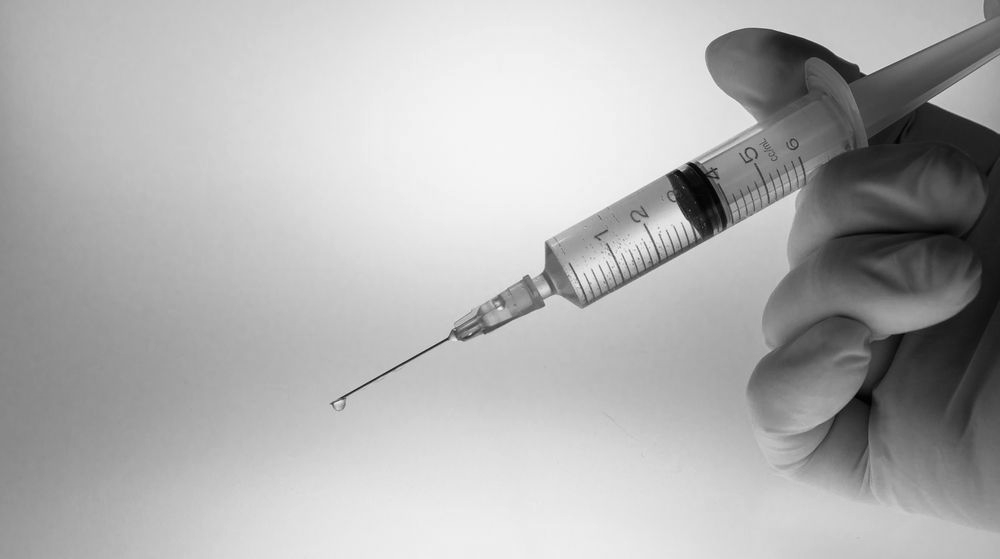Could You Be Further Along in Pregnancy Than You Think?
Share this Article:

Trying to determine when you are due and whether that due date is correct, can be challenging, especially if you feel “bigger” than you did with previous pregnancies or you are measuring ahead during your appointments. This blog post explores signs that your due date might be off, factors that can influence an inaccurate due date, and how to estimate your due date based on your menstrual cycle.
Signs Your Due Date Is Off
If you don’t know the first date of your last menstrual period, you don’t know your average cycle length, or you have mistaken bleeding during pregnancy for menstruation, your assumed due date can be inaccurate. Some of the most common signs that your due date might be off are:
- your ultrasound-predicted due date is more than a week from your menstrual-cycle due date
- your fundal height is off, especially if it is off by more than 3 cm
- your due date was determined by fetal Doppler or an ultrasound in the second or third trimester; these are less accurate ways to estimate the due date.
It is important to rely on the expertise of your OBGYN or other physician to help you understand how your due date was calculated, what outliers like a fundal height that is measuring ahead might mean for you (fundal height is the distance from the pubic bone to the top of the uterus measured in centimeters), and what you can expect when it comes to gestational length. Ultrasound-determined due dates are most accurate during the first trimester, and measuring ‘ahead’ doesn’t result in a changed due date in most cases.
In short, it is common to deliver a few weeks before to one week after your due date, and true due date changes are less common and should be made by a provider based on all of the information they have available to them.
Influencing Factors
A number of studies have evaluated average gestation length as it relates to different factors, like age, race, pregnancy history, and more. Here’s what those studies have revealed:
- length of gestation increases with maternal age, so mothers who are under 25 are likely to have shorter pregnancies than women who are over 25, for example
- length of gestation is longer for women with higher birth weights themselves, i.e. women who weighed more at birth will carry a pregnancy longer on average than women who weighed less at birth
- women with longer implantation periods also have longer pregnancies
- smoking cigarettes, drinking alcohol, or both increase the risk of preterm birth and shorten gestation overall
- black women have shorter pregnancies than white women by 5 days on average
- pregnancies with male fetuses are longer on average than pregnancies with female fetuses
- gestation decreases as the number of fetuses increases; i.e. singleton pregnancies are longer on average than twin pregnancies and length continues to decrease as the number of fetuses increases
While all of these factors can influence how long you can expect to be pregnant, your due date will remain the same. That means that even if you and your provider suspect that you will deliver early or late, your due date won’t be adjusted to account for that – it will remain at 40 weeks past the first day of your last menstrual period.
How to Estimate An Accurate Due Date
First, it is important to note that your due date is simply an estimate; it can help you plan and prepare and help you and your doctors make decisions in the case of early delivery or complications, but it cannot predict exactly when you will go into labor. Your due date is typically set for 40 weeks after the first day of your last menstrual period, and most women deliver sometime after 37 weeks and before 41 weeks.
Tracking your periods can help you estimate an accurate due date. To estimate your own due date:
- Identify the first date of your last normal menstrual period. Some women mistake bleeding during pregnancy for their menstrual period and don’t realize they are pregnant, so it is important to reflect on whether the period was as heavy, as long, and as uncomfortable as it has typically been in the past. If you can’t remember or don’t keep track of your menstrual cycle, sometimes it can be helpful to think about where you were at or what you were doing when it started and then cross-reference your calendar.
- Add 40 weeks or 280 days. There are a variety of free pregnancy due date calculators online, like this one from the American Pregnancy Association, that will do the math for you so you don’t have to count it out yourself.
Then, you can calculate how many weeks or months pregnant you are at any given time, using these formulas:
- Number of weeks pregnant: take the number of days that have passed since the first day of your last menstrual period divided by 7
- Number of months pregnant: take the number of days that have passed since the first day of your last menstrual period divided by 30
Keep in mind that you will be two weeks further along in your pregnancy than you might think; for example, if you had sex and conceived two weeks ago, and you have a 28 day cycle, then you are actually four weeks pregnant.
Getting Help for an Unexpected Pregnancy
If you think you might be pregnant and are weighing your options, scheduling an early pregnancy test and ultrasound is one reliable way to estimate your due date when you don’t know the first day of your last menstrual period. Early knowledge of pregnancy is key to ensuring a healthy lifestyle, adequate nutrition, and time to explore options, especially in the case of an unexpected or surprise pregnancy. Willow Womens Center offers pregnancy testing, pregnancy options counseling, and ultrasound for women who test positive in our office. Ultrasounds are most productive if you are approximately 6 weeks from your last menstrual period. If you are experiencing the signs and symptoms of pregnancy, schedule your confidential visit at Willow Womens Center today.
Connect with Us:












